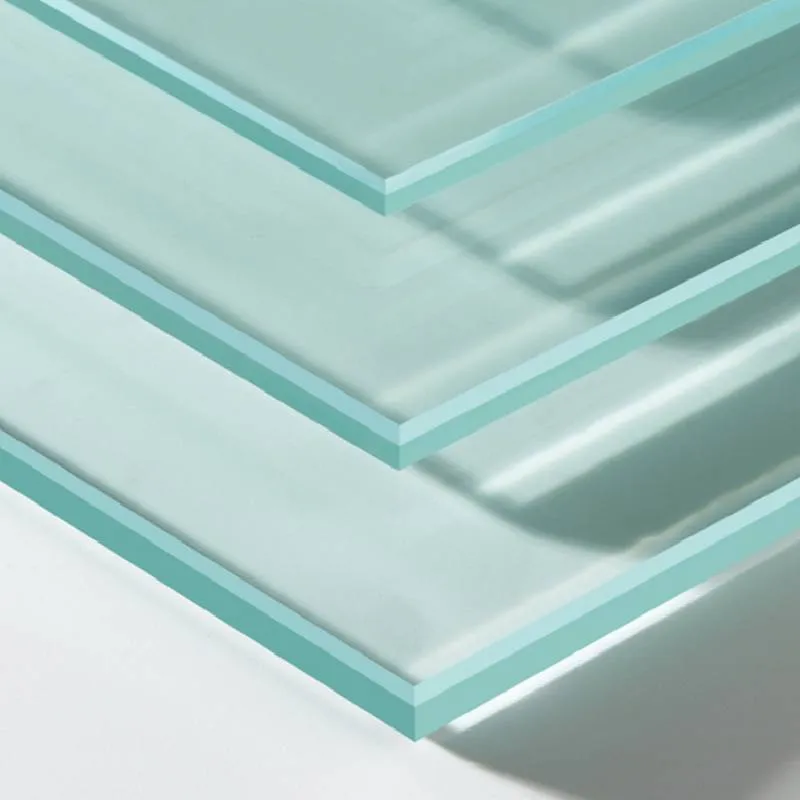The float glass manufacturing process is a cornerstone of modern architecture and design, providing the high-quality glass used in windows, doors, and a multitude of other applications. This method revolutionized the glass industry, bringing about a level of precision and efficiency previously unattainable. For those involved in construction, design, or the glass manufacturing industry, understanding this process is essential for making informed decisions about materials.

At the heart of the float glass process is the idea of creating a smooth, flat glass sheet without the need for expensive polishing and grinding. This groundbreaking method was developed in the 1950s by Pilkington and has since become the global standard. It involves floating molten glass on a bed of molten tin. The basic procedure includes several critical stages melting, floating, annealing, and cutting.
The process begins in the furnace, where raw materials such as silica sand, soda ash, and limestone are heated to a temperature exceeding 1700°C. This extreme heat turns the mixture into a molten state. The meticulous control of raw material ratios and temperature in the furnace environment is vital, ensuring the consistency and clarity of the glass produced.

Once the glass has reached the desired molten consistency, it is carefully poured onto a bath of molten tin. Due to gravity and surface tension, the molten glass spreads across the tin, forming a perfectly even sheet. This integration of glass and tin occurs in a highly controlled environment to prevent oxidation and impurities, which can compromise the quality of the glass.
As the glass floats on the tin, it slowly cools. It’s essential at this phase to ensure that cooling is precise and gradual to avoid internal stresses that can lead to brittleness or breaking. This phase occurs in what is known as the annealing lehr, a controlled cooling chamber that gradually reduces the glass temperature, allowing it to solidify evenly without introducing weaknesses.
float glass manufacturing process
Once the glass sheet emerges from the annealing lehr, it is inspected for quality. Modern technology allows this inspection to be both visual and automated, ensuring even the tiniest flaw is detected. Defective areas are marked and cut away, maintaining the high standard that float glass is known for. Standard dimensions are then cut from the continuous ribbon of glass to suit commercial needs, with any leftover glass being recycled back into the process.
Expertise in the float glass manufacturing process means understanding the critical balance between precision and efficiency. Professionals in the field know that minor adjustments in temperature, atmosphere, or speed can significantly impact the quality of glass produced. Thus, continual training, research, and technological advancement are crucial to maintaining high product standards.
This process's authority comes from its widespread adoption and success, evidenced by its use in over 90% of the world's glass production.
The end product is a testament to the trustworthiness and reliability that float glass manufacturing promises. Businesses and consumers alike benefit from glass that is durable, aesthetically pleasing, and versatile.
In conclusion, the float glass manufacturing process is not merely a production method but a testament to human innovation and engineering excellence. Its widespread success and continual development stand as proof of its efficiency and reliability, making it a key player in modern material technology. As we look to the future, the process will undoubtedly evolve, driven by an ever-growing demand for excellence in glass production and application.
 Afrikaans
Afrikaans  Albanian
Albanian  Amharic
Amharic  Arabic
Arabic  Armenian
Armenian  Azerbaijani
Azerbaijani  Basque
Basque  Belarusian
Belarusian  Bengali
Bengali  Bosnian
Bosnian  Bulgarian
Bulgarian  Catalan
Catalan  Cebuano
Cebuano  Corsican
Corsican  Croatian
Croatian  Czech
Czech  Danish
Danish  Dutch
Dutch  English
English  Esperanto
Esperanto  Estonian
Estonian  Finnish
Finnish  French
French  Frisian
Frisian  Galician
Galician  Georgian
Georgian  German
German  Greek
Greek  Gujarati
Gujarati  Haitian Creole
Haitian Creole  hausa
hausa  hawaiian
hawaiian  Hebrew
Hebrew  Hindi
Hindi  Miao
Miao  Hungarian
Hungarian  Icelandic
Icelandic  igbo
igbo  Indonesian
Indonesian  irish
irish  Italian
Italian  Japanese
Japanese  Javanese
Javanese  Kannada
Kannada  kazakh
kazakh  Khmer
Khmer  Rwandese
Rwandese  Korean
Korean  Kurdish
Kurdish  Kyrgyz
Kyrgyz  Lao
Lao  Latin
Latin  Latvian
Latvian  Lithuanian
Lithuanian  Luxembourgish
Luxembourgish  Macedonian
Macedonian  Malgashi
Malgashi  Malay
Malay  Malayalam
Malayalam  Maltese
Maltese  Maori
Maori  Marathi
Marathi  Mongolian
Mongolian  Myanmar
Myanmar  Nepali
Nepali  Norwegian
Norwegian  Norwegian
Norwegian  Occitan
Occitan  Pashto
Pashto  Persian
Persian  Polish
Polish  Portuguese
Portuguese  Punjabi
Punjabi  Romanian
Romanian  Russian
Russian  Samoan
Samoan  Scottish Gaelic
Scottish Gaelic  Serbian
Serbian  Sesotho
Sesotho  Shona
Shona  Sindhi
Sindhi  Sinhala
Sinhala  Slovak
Slovak  Slovenian
Slovenian  Somali
Somali  Spanish
Spanish  Sundanese
Sundanese  Swahili
Swahili  Swedish
Swedish  Tagalog
Tagalog  Tajik
Tajik  Tamil
Tamil  Tatar
Tatar  Telugu
Telugu  Thai
Thai  Turkish
Turkish  Turkmen
Turkmen  Ukrainian
Ukrainian  Urdu
Urdu  Uighur
Uighur  Uzbek
Uzbek  Vietnamese
Vietnamese  Welsh
Welsh  Bantu
Bantu  Yiddish
Yiddish  Yoruba
Yoruba  Zulu
Zulu 


